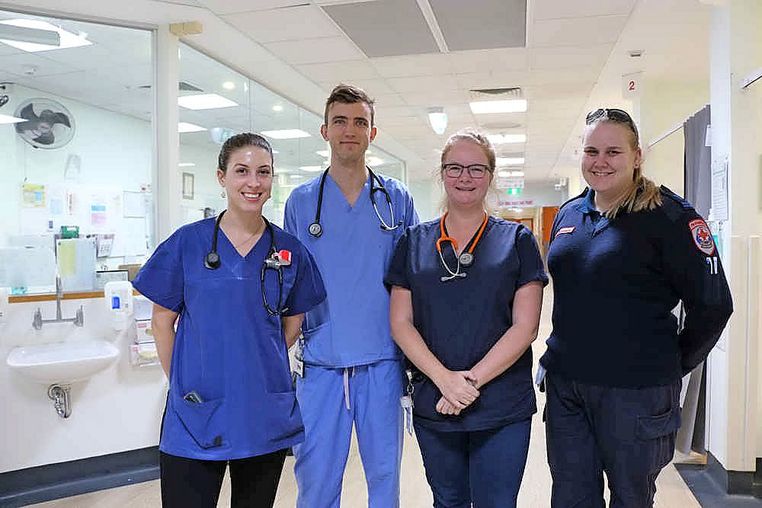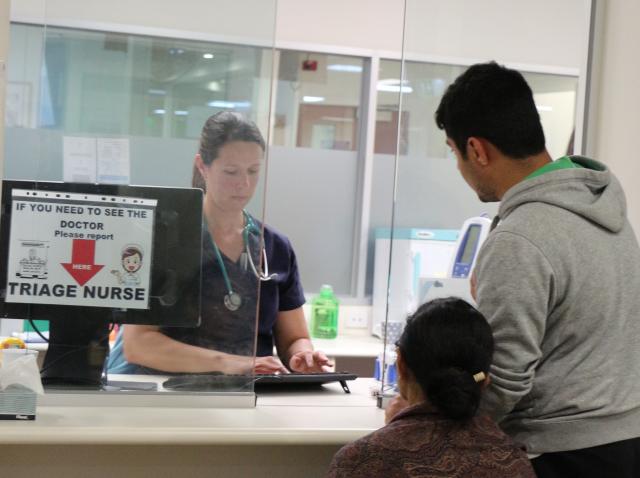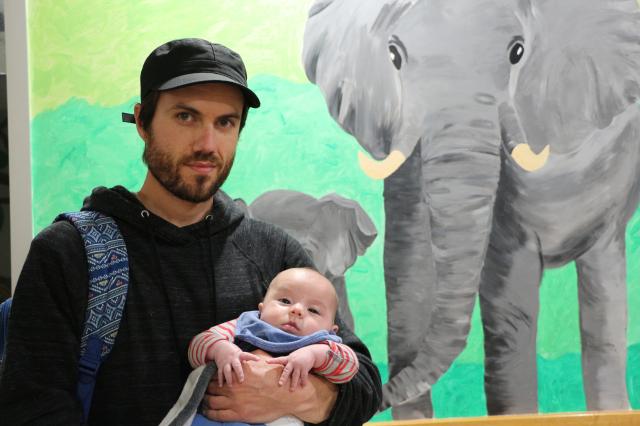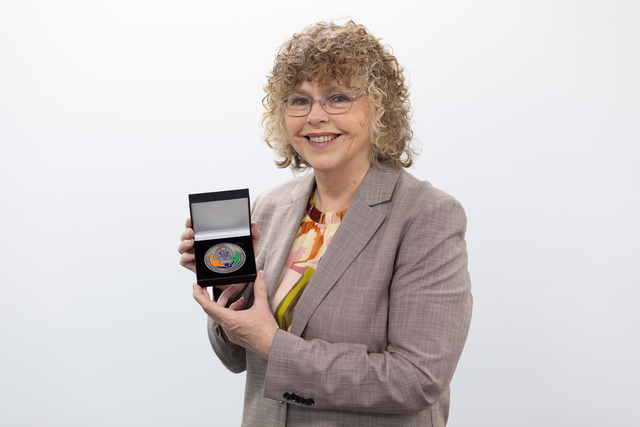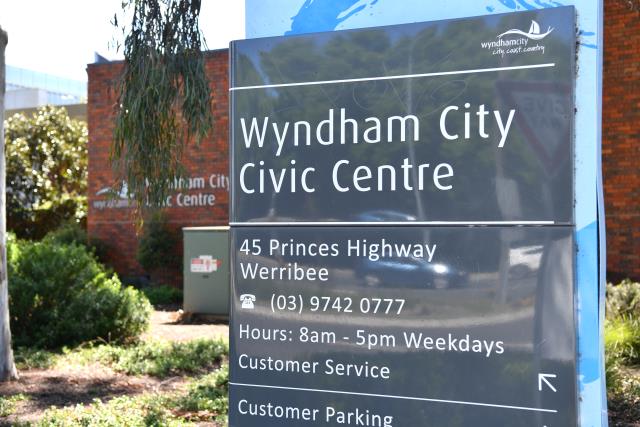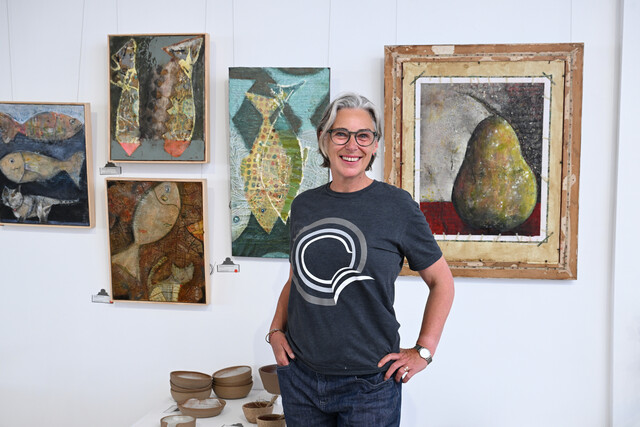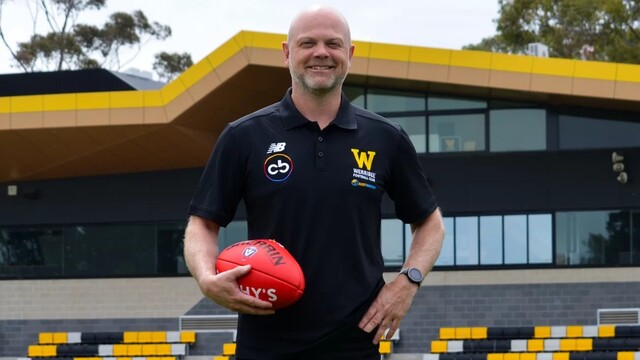It’s 8pm on a Sunday night and the triage line is already four people deep at Werribee Mercy Hospital’s emergency department.
Then there’s the people who have already been assessed and have been waiting – some for hours – for treatment.
Among them is Joe (not his real name), who hit his middle finger with a hammer earlier that day while doing some paving work at home.
He wasn’t too concerned about the injury at first but came to the ED when the swelling continued and is now waiting for an x-ray to ensure he hasn’t broken any bones.
Then there’s 13-year-old Xavier O’Donnell, who accidentally stepped on a pair of secateurs when he and his brother were passing a lawn mower over a fence on their Hoppers Crossing property.
The secateurs went in deep through the side of his right foot and he probably needs stitches. There are no available beds in the emergency department, so he too is in the waiting area waiting for an x-ray to check the extent of the damage.
Nurse unit manager Lynn O’Neill said on any given day, the most experienced nurse in the ED is the triage nurse, because they decide which incoming patients can and cannot wait for treatment.

From there, the second triage nurse will take any vitals – including blood – to help start treatment before patients are assigned to beds, if needed.
Once through the double doors past the triage area, there are 15 bays – three of which are set aside for mental health patients and another three for resuscitation – all manned by the ‘fishbowl’, a glass-enclosed station where nurses and other ED staff take calls and do general administrative tasks.
The ED is staffed so that there is one nurse for three bays. For the resuscitation bays, the ratio is one nurse per bay.
There is also a fast track area for patients presenting with minor injuries, a procedure room for minor procedures, a needle exchange, a 10-bed short-stay area and a behavioural assessment room for those patients who are acting aggressively or in an agitated state and brought in by police.
Ms O’Neill said drug and alcohol-affected patients were the biggest disrupters to the ED.
In 2017-18, 40,846 people presented to the hospital’s ED, a similar number of presentations to St Vincent’s in the city and Footscray Hospital, and up 16.49 per cent from 2015-16.
Despite the growing number of presentations, the ED isn’t equipped to treat patients who present with a stroke or heart attack. These patients are sent on to Sunshine Hospital, or the Royal Melbourne.
The hospital also doesn’t have a dedicated paediatric ward, despite children making up 25 per cent of ED presentations. Again, those requiring specialist services are sent to Sunshine.
New parents Andrea and Adam arrive at the ED just before 11pm with their three-month old Emilio, fearing that he is dehydrated.

The triage nurse checks him out. Emilio is very alert and has a good heart-rate. The nurse suspects wind and recommends some home remedies for the new parents.
Joe and Xavier are still waiting for their x-rays. The x-ray is being used in theatre. There are also backlogs in pathology this evening. The average wait time tonight, according to an assistant nurse unit manager, is four hours. Any time there’s less than a 12-hour wait is good, she says.
What those in the triage waiting area can’t see are the patients that arrive by ambulance and enter the ED via a separate door to walk-in patients.
Within a couple of hours, a person presented with a suspected stroke, there were two mental health patients – one requiring police assistance – and a woman who is 37 weeks pregnant and bleeding heavily.
Then “the bat phone” rings, a direct line between hospital staff and emergency services, letting the ED know that an agitated patient who had to be shackled on scene was on his way. Sunday and Monday nights are the busiest for Werribee Mercy’s ED, but tonight was a quiet one, says the assistant nurse unit manager.
“Werribee is a happening place. Before the intensive care unit opened [earlier this year], the ED was the defacto ICU. It’s a lot of juggling in the ED with the resources that we have.
“It’s only going to get busier.”
As reported by Star Weekly, about $1 billion is needed to get Werribee Mercy to the size and capacity it needs to be to cater for Wyndham’s burgeoning population.
Mercy group chief executive Stephen Cornelissen said the hospital was in desperate need of its own paediatric ward, an expansion of the emergency department and additional surgical services, and was seeking a $170 million commitment over the next four years to continue expansion. Adjunct Professor Cornelissen said that while the hospital was grateful for its recent $93 million expansion, it was not enough to cater for current, and future, population growth.

